The folklore of Kagura is deeply rooted in Japan’s rich mythological traditions. Featuring legendary figures like the sun goddess Amaterasu and the storm god Susano-o, these captivating narratives are brought to life through intricate dance rituals. More than just honoring the kami, Kagura performances serve as a conduit for preserving ancient beliefs and engaging audiences in the mystical realm of Japan’s spiritual heritage. Delving into the origins and regional variations of this centuries-old art form promises to unveil its profound significance within Japanese culture.
Key Points
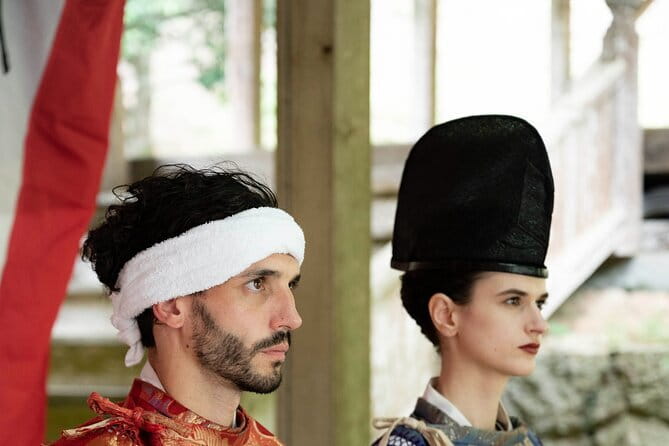
-
Kagura performances often depict stories and rituals from Japanese mythology, featuring deities like Amaterasu, Susano-o, Tengu, and Kitsune.
-
The sacred dances in Kagura honor Shinto kami (deities) through intricate movements, masks, and costumes representing these mythological figures.
-
The rhythmic soundscape created by traditional instruments like taiko drums, horagai conch horns, and shinobue flutes enhances the spiritual atmosphere of Kagura.
-
Kagura’s origins can be traced back to the 8th century, when it emerged as a ritual performed to entertain Shinto deities in ancient Japan.
-
The preservation and transmission of Kagura’s rich cultural heritage involves training new generations of performers and engaging communities through public performances and workshops.
Origins of Kagura
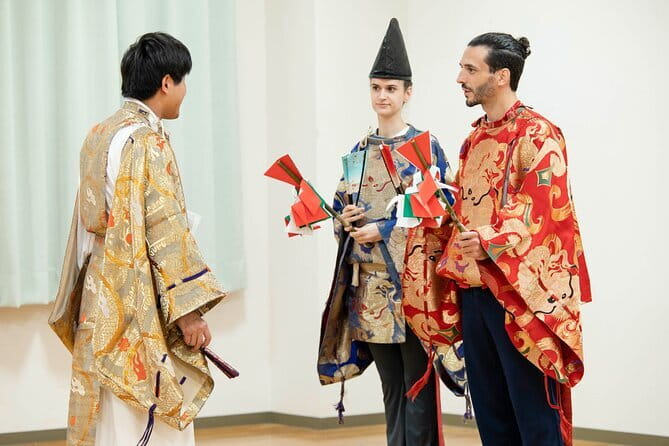
Kagura, a beloved and time-honored form of Japanese folk entertainment, finds its origins deeply rooted in the ancient Shinto religion.
Believed to have emerged as early as the 8th century, Kagura was initially performed as a ritual to entertain the kami, or Shinto deities.
Over time, it evolved into a dynamic theatrical art form, incorporating music, dance, and elaborate costumes.
Originating in shrines and villages, Kagura performances today continue to captivate audiences nationwide, preserving the rich cultural heritage and spiritual significance of this unique Japanese tradition.
You can also read our reviews of more tours and experiences in Oita.
Mythological Deities and Figures
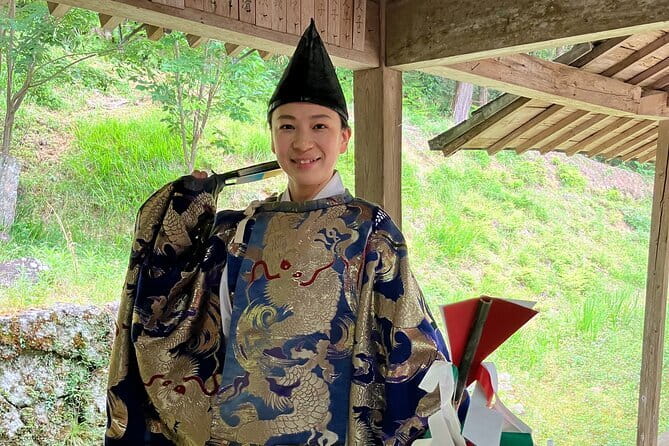
Integral to the Kagura tradition are the mythological deities and figures that inspire its vibrant performances. Prominent among them is Amaterasu, the sun goddess, whose emergence from her cave is reenacted in Kagura.
Susano-o, the storm god, and his sister Amaterasu are central to many Kagura stories. Figures like the mischievous Tengu and the shape-shifting Kitsune also feature prominently, showcasing the rich tapestry of Japanese folklore woven into Kagura.
These mythical beings infuse the rituals with a sense of wonder and spirituality, making Kagura a profound cultural experience for both performers and spectators.
Kagura Dance Rituals
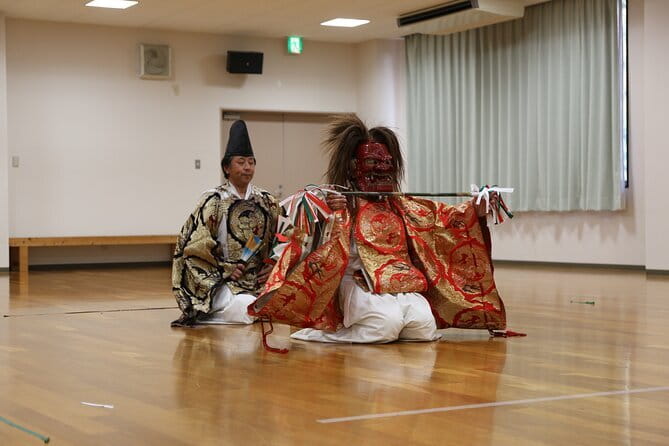
The Kagura dance rituals form the heart of this captivating cultural experience.
These ancient sacred dances are deeply rooted in Japan’s Shinto traditions, honoring the kami or divine spirits. Participants are guided through the intricate movements and rhythms, seeing the mystical world of Kagura.
Donning traditional costumes and masks, the dancers embody the mythological deities and engage in storytelling through their graceful motions.
The Kagura experience offers a rare glimpse into Japan’s rich heritage, allowing visitors to connect with the country’s spiritual essence through this mesmerizing performing art.
Instruments and Costumes
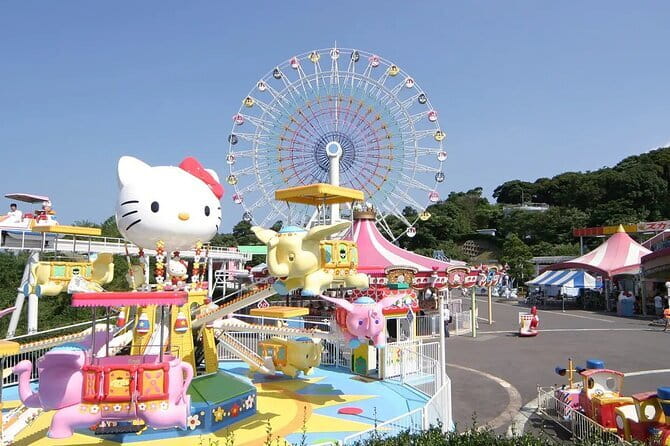
Accompanying the captivating Kagura dances are an array of traditional instruments and vibrant costumes that enhance the immersive experience.
Performers wield taiko drums, horagai conch horns, and shinobue flutes, creating a lively, rhythmic soundscape. The costumes are equally striking, featuring ornate masks, elaborate headdresses, and flowing, brightly-colored robes.
These elements work in harmony, transporting audiences to the mystical realm of Kagura. The instruments’ resonant tones and the costumes’ visual splendor underscore the spiritual nature of the rituals, amplifying the overall sense of wonder and reverence.
Regional Variations of Kagura

While the instruments and costumes of Kagura rituals share common elements across Japan, the specific traditions and performances vary greatly by region.
In Oita, the birthplace of Kagura, the dances often feature energetic, acrobatic movements.
In contrast, the Iwami Kagura of Shimane is known for its intricate mask work and elegant, flowing choreography.
The Noto Peninsula’s Noto Kagura emphasizes the use of more abstract, symbolistic gestures.
Further north, the Dewa Sanzan Kagura of Yamagata blends Shinto rituals with robust, athletic displays.
These regional distinctions reflect Kagura’s deep roots in local folklore and spirituality.
Spiritual Significance of Kagura

At the heart of Kagura rituals lies a profound spiritual significance, deeply rooted in Japan’s Shinto traditions. The dances and music are believed to communicate with the kami, or divine spirits, inviting their presence and blessings.
Through Kagura, practitioners seek to maintain harmony between the human and spiritual realms, ensuring the well-being of the community. Each movement, costume, and instrument holds symbolic meaning, serving as a medium for spiritual connection and veneration.
Kagura is more than just entertainment – it’s a sacred art form that preserves Japan’s rich cultural heritage and beliefs.
Preservation and Transmission of Kagura
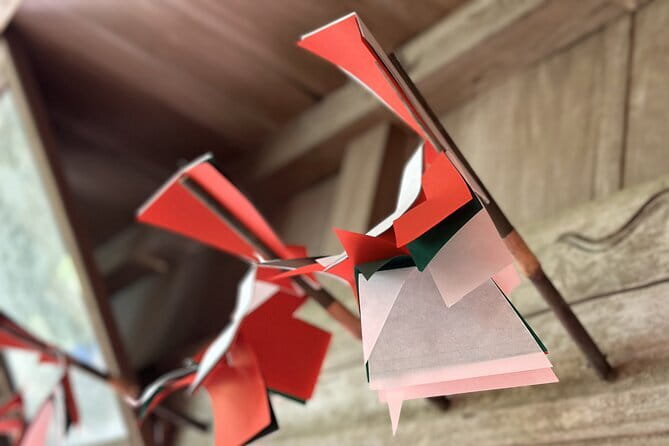
The preservation and transmission of Kagura is a paramount concern, as this centuries-old ritual form faces the challenges of modern times. Dedicated Kagura practitioners work tirelessly to ensure its survival:
-
Training new generations of Kagura performers through apprenticeship programs.
-
Hosting public performances and workshops to educate the community.
-
Lobbying for government funding and support to sustain Kagura troupes.
-
Digitizing historical records and choreographies to create an accessible archive.
Despite these efforts, the future of Kagura remains precarious. Maintaining relevance and engaging younger audiences are ongoing battles in the fight to preserve this unique aspect of Japan’s cultural heritage.
Experiencing Kagura in Oita

Travelers seeking to enjoy the mystical realm of Kagura can embark on a private tour in Oita, Japan.
The 4-night experience offers an in-depth exploration of this ancient Japanese ritual dance. Guests will learn about Kagura’s origins, attend demonstrations, and even participate in hands-on instruction.
Accommodations, meals, and private transportation are included. While the tour isn’t suitable for those with certain medical conditions, it caters to moderately fit individuals.
With a 5-star rating, this immersive Kagura experience provides a unique opportunity to discover the folklore and traditions of this captivating Japanese art form.
Frequently Asked Questions
Can I Book the Tour for a Single Traveler?
The tour is available for individual travelers, but the price per person may be higher due to the private nature of the experience. Travelers should check with the tour provider for single-person pricing and availability.
Does the Tour Have Any Age Restrictions?
The Kagura tour doesn’t have any stated age restrictions. However, the tour requires a moderate fitness level and isn’t recommended for travelers with certain health conditions, so older adults or families with young children may want to consider if it’s suitable for them.
Can I Customize the Tour Itinerary to My Preferences?
Yes, the tour can be customized to your preferences. According to the inclusions, the tour is private, so you can work with the provider to tailor the itinerary to meet your specific interests and needs.
What Is the Cancellation Policy for the Tour?
The tour has a free cancellation policy up to 6 days in advance. Travelers can reserve the tour now and pay later, providing flexibility with their plans.
Is Gratuity Included in the Tour Price?
The tour price doesn’t include gratuity. Guests are expected to tip the guide and any other staff members at their discretion based on the quality of the experience.
The Sum Up
The folklore of Kagura is a rich tapestry that weaves Japan’s mythological legacy into captivating performances. From honoring deities like Amaterasu and Susano-o to depicting the antics of creatures like Tengu and Kitsune, Kagura rituals preserve ancient beliefs while enthralling audiences. Across regional variations, the spiritual significance of these dances remains steadfast, ensuring the enduring transmission of this unique art form.
